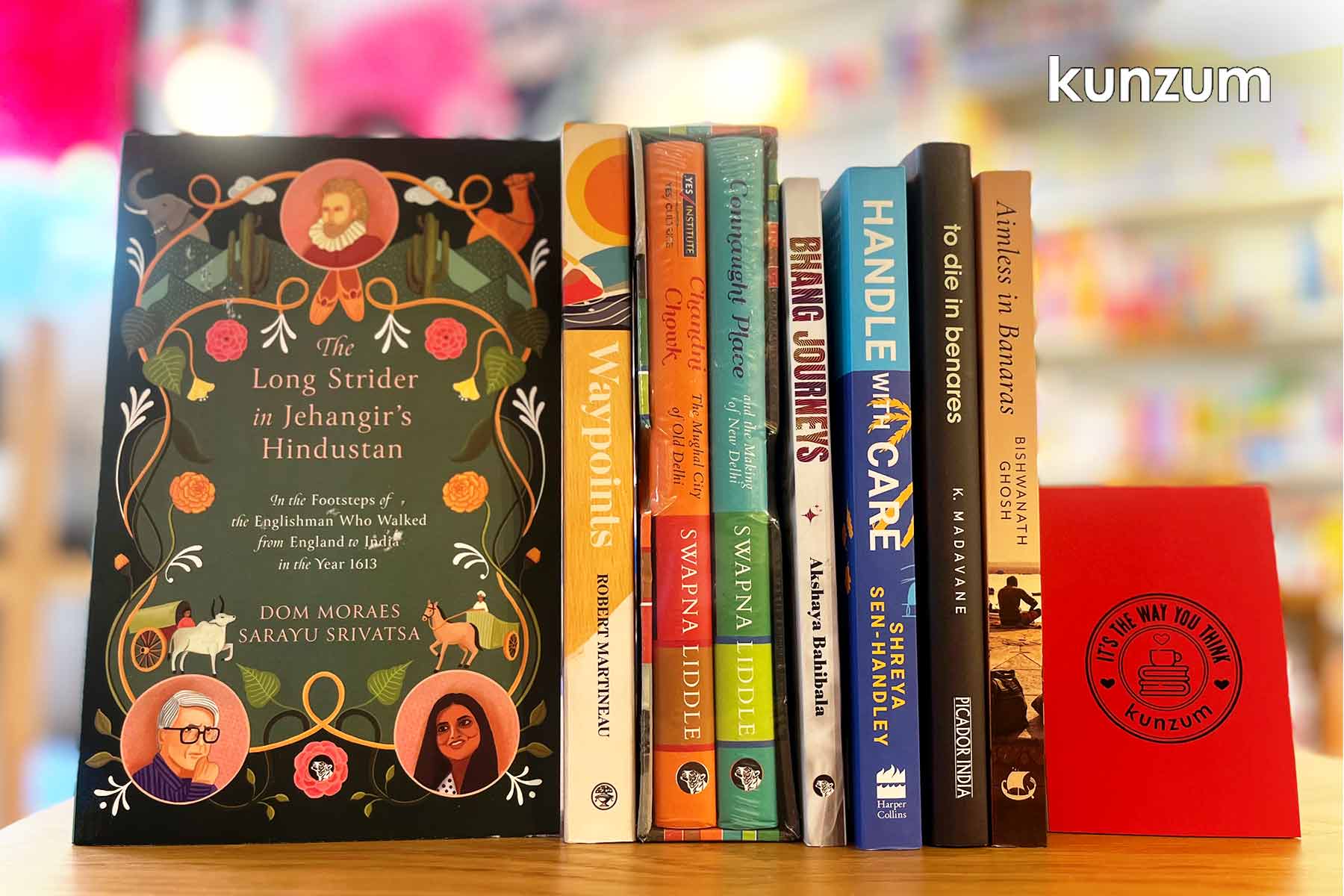
In an attempt to craft a uniquely fun reading list for all fans of travel literature, as well as those who appreciate brilliant prose that truly takes you away and sucks you in, we have curated four pairs of exceptional books on places and travelling. From journeys taken on foot to the “trips” we take alone or otherwise, these are 8 ‘travel’ books that educate and entertain in equal parts:)
1. Travelling on Foot

The Long Strider in Jehangir’s Hindustan by Dom Moraes and Sarayu Srivastava
In the early 1600s, English traveller and writer Thomas Coryate decided to walk from his village in Somerset to the court of Jehangir and then to China. A journey taken in an attempt to baffle the sceptics at Prince Henry’s court, as well as one undertaken to impress Anne Harcourt, the object of his one-sided desires, The Long Strider, is a biographical and thus historic account of an iconic walk as well as the ambitious man who decided to take on the herculean task of being the first Englishman to talk of distant lands and their great cultures, experiencing India as both repulsive and amazing. Taking us to this truly insane moment in 1613, Moraes and Srivastava’s book reanimates the man Jerry Pinto rightly refers to as ‘one of the great British eccentrics,’ describing a moment of wondrous wandering unlike any other, chronicling the poverty, insult, injury and triumphs experienced as Coryate took ‘great strides’ across the great subcontinent.
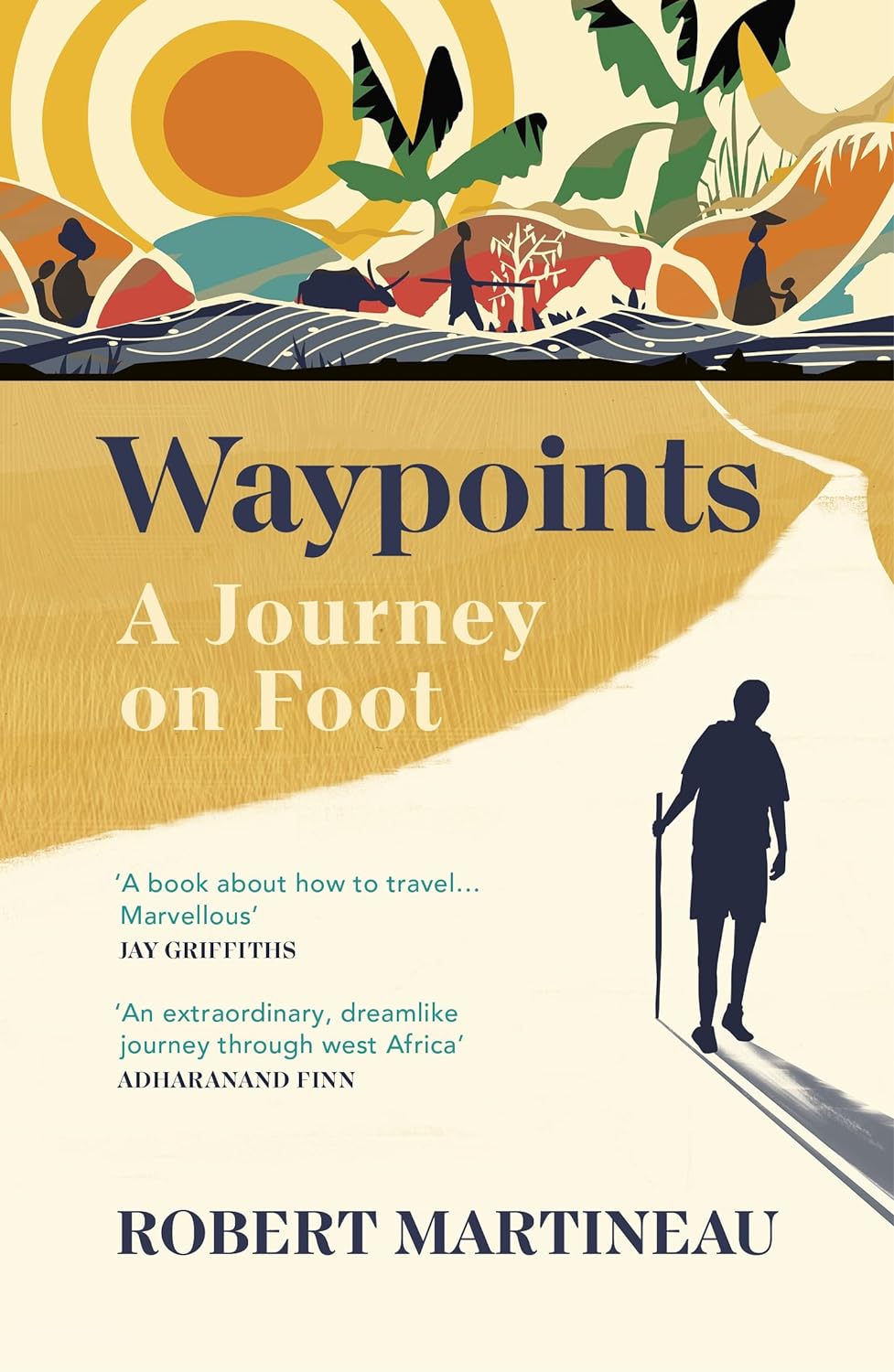
Waypoints by Robert Martineau
From the co-founder of TRIBES, a charity fighting human trafficking, Robert Martineau’s Waypoints is a near-spiritual account of his 1,000-mile walk across West Africa. At the age of 27, in an attempt to gain clarity and in rejection of a life that didn’t serve him, Robert embarked on a great expedition on foot, walking from Ghana to the ancient spiritual centre at the coastal Ouidah. Moving through rainforests, savannahs and mountains, Waypoints captures the rhythm of the author’s walk, moving introspectively and delicately, taking in the tapestry of West Africa, its shamans, priests and kings, while exploring the psychology of walking itself.
2. Delhi Old and New
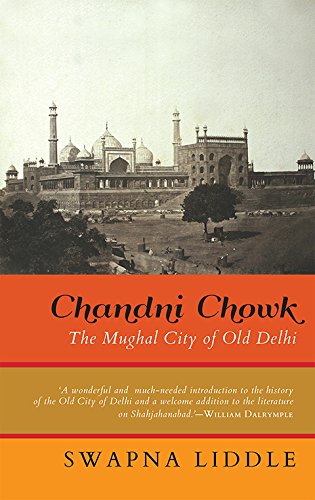
Chandni Chowk: The Mughal City of New Delhi by Swapna Liddle
A brilliant two-part exploration of Delhi from Indian historian, art curator and heritage preserver Swapna Liddle, Chandni Chowk and Connaught Place offer stories of how Old and New Delhi came to be established. In Chandni Chowk: The Mughal City of Old Delhi, Liddle takes us to Chandni Chowk as it was in Shah Jahan’s 17th century Shahjahanabad, focusing on the narrative of its creation as well as its elevation as a glittering capital at the helm of the Mughal Empire at its peak. From its origins to where it is today, through the tumultuous periods of 1857 and the Partition, Chandni Chowk accounts for the food, language, culture and various market establishments that form the core of the locale, drawing information from poems, memoirs, governmental newspapers as well as archival records from the Mughal court.
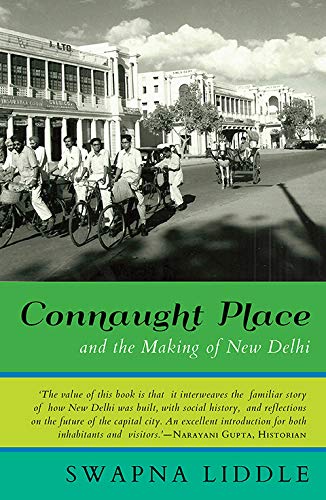
Connaught Place and the Making of New Delhi by Swapna Liddle
This is the story of how Delhi became the capital of British India, how George V made the historic decision to shift capitals from Calcutta to Delhi, the journey of it being designed by Edwin Lutyens and Herbert Baker, and renamed as ‘New Delhi’ to announce its separation from the older Shahjahanabad. And while Delhi was being constructed and re-vamped, it was Connaught Place, the shopping centre for the elite, that introduced vibrant colour to these plans. With multiplexes, big-brand stores, cinemas, restaurants and exclusive shops, the corridors of CP continue to be recognised as one of the more progressive areas of Delhi, bearing the mark of Lutyens’ design and all that those colonial plans envisaged. Filled with rare photographs and illustrations, Liddle’s offers a winning and delectable biography of a multi-layered and constantly changing city.
3. Taking Trips

Handle with Care by Shreya Sen-Handley
Handle with Care is a humorous and quirky ode to the pleasures and frustrations of travelling with family. Chronicling the many adventures she takes across the world, along with her British husband, two children and dog, Sen-Handley takes us to the localities of Kolkata, the shimmering coasts of Corfu as well as the heart of high-powered international capitals like Paris and New York, offering brilliant trip tips as well as a fair share of food, fun and epiphanies. A book without a dull moment, as per one Ruskin Bond, Handle with Care is the type of travel literature that serves to satiate both the travel enthusiast as well as those looking for charming quirky prose.
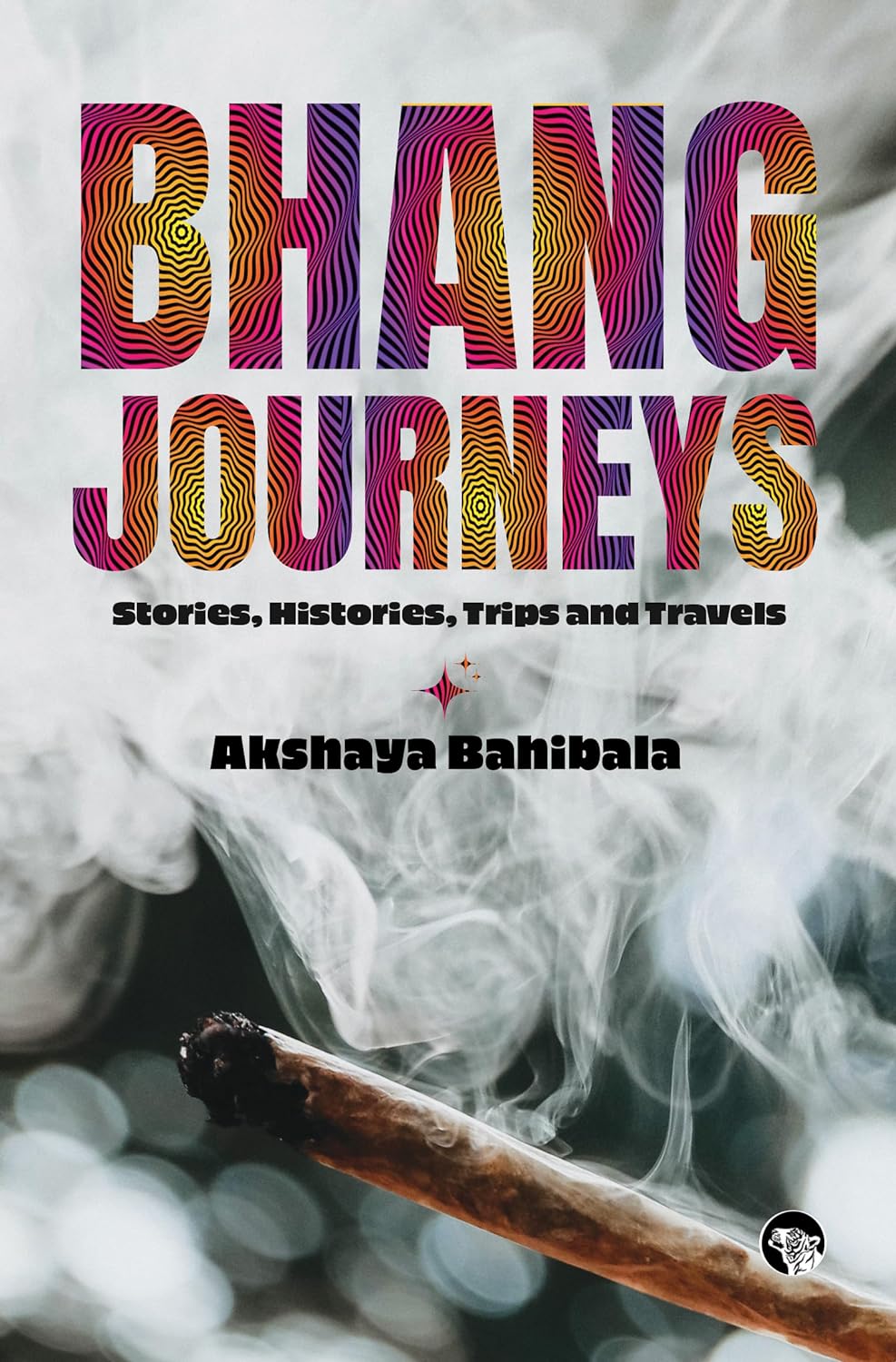
Bhang Journeys by Akshaya Bahibala
Bookseller, library activist and co-founder of Bhubaneswar’s indie bookstore and bookmobile Walking BookFairs, Akshay Bahibala is now popularly known for his Bhang Journeys, a memoir that recounts his time as a struggling waiter, specifically when he was addicted to bhang, ganja and alcohol, and an intoxicated part of Orissa’s drug-addled underbelly. Equal-parts journal and memoir, Bhang Journeys takes us to the hippies and addicts on Puri’s beaches, the proud shop owner of a government-approved bhang dispensary, the opium cutter who learnt how to massage opium as a child, the Punjabi weed farmer who arrived in a helicopter, and a host of other characters, alongside curious documents such as UN reports on the medicinal properties of cannabis or recipes on making authentic and quality bhang ladoos. This book is, if anything, a brilliant trip through the world of bhang, ganja and opium, all under 200 pages.
4. Living and Dying in Benaras
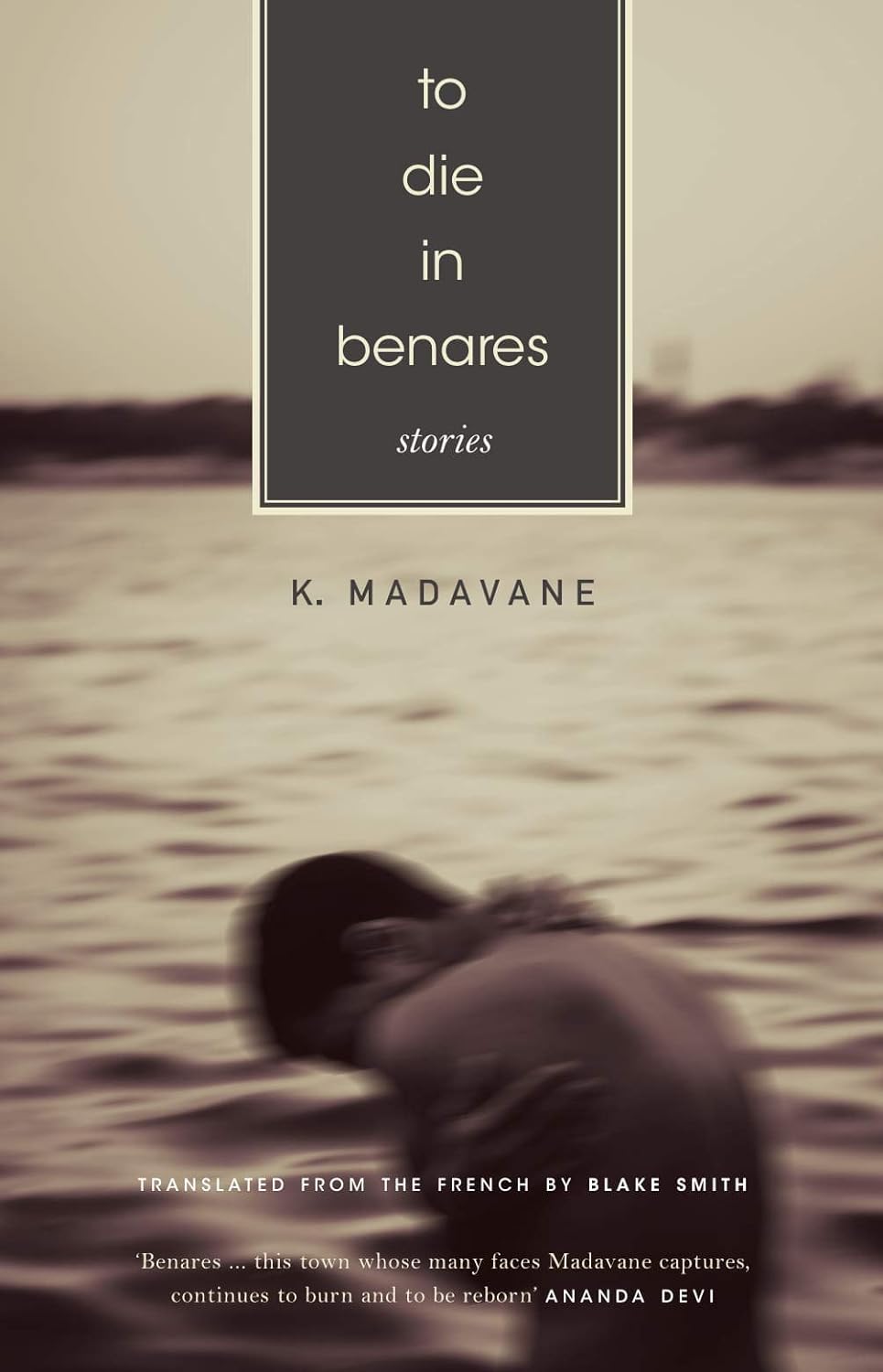
To Die in Benares by K. Madavane
This isn’t a travelogue. It is an exploration of a city in terms of its connotations. In seven dark tales, this collection of fiction, written in French by Francophone author and thespian K. Madavane, answers a curious question: How to die in postcolonial India? A haunting and exceptional journey through the holy city of Benaras, it is a meditation in seven stories, each brushing against death in an attempt to explore themes of mortality and the afterlife. The author, Madavane, who grew up in colonial Pondicherry, reminds us of the forgotten French presence in India through reinterpretations of Hindu myths. Madavane’s Benaras is filled with apparitions, the crackling sounds of funeral pyres and burning bodies, the abandoned corpses of beggars and the questions these sights raise. Employing the city as a means of questioning postcolonial realities in India, Madavane’s book of many deaths contains the tragedy, comedy and drama of Benaras and what it represents.
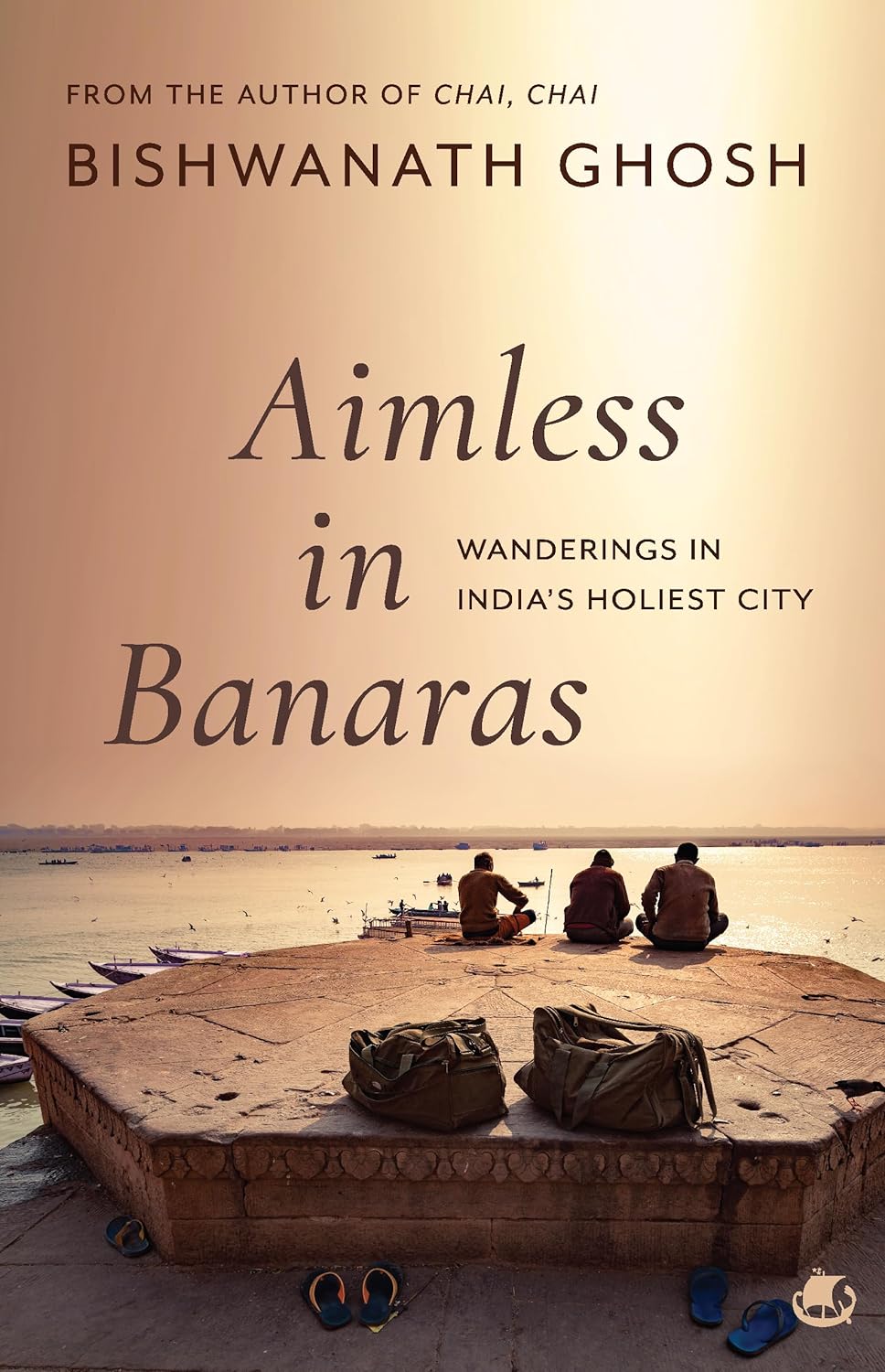
Aimless in Banaras by Bishwanath Ghosh
This is perhaps closer to the Benaras travelogue you were looking for, with Ghosh finding a quippy tale and story worth telling in every Banarasi element. This is a book written by a man who travelled without an itinerary, who fell into the city with the purposelessness of a wanderer, revelling in aimless haunting and a raw openness to experience. After cremating his mother, Ghosh sticks around the holy city under the pretence of being a writer knee-deep in a new book. Years later, he returns as just that. From witnessing the penile prowess of a sadhu to wearing the crematory ash on his forehead and thus the soul of the city, Ghosh’s experience of Benaras is as profound as it is singularly absurd, making him the best spokesperson for its beauty.
Pick up any of these 8 Exemplary Travel Books That Take You Through Incredible Journeys from any Kunzum store or WhatsApp +91.8800200280 to order. Buy the book(s) and the coffee’s on us.
